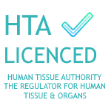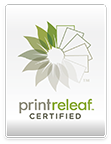
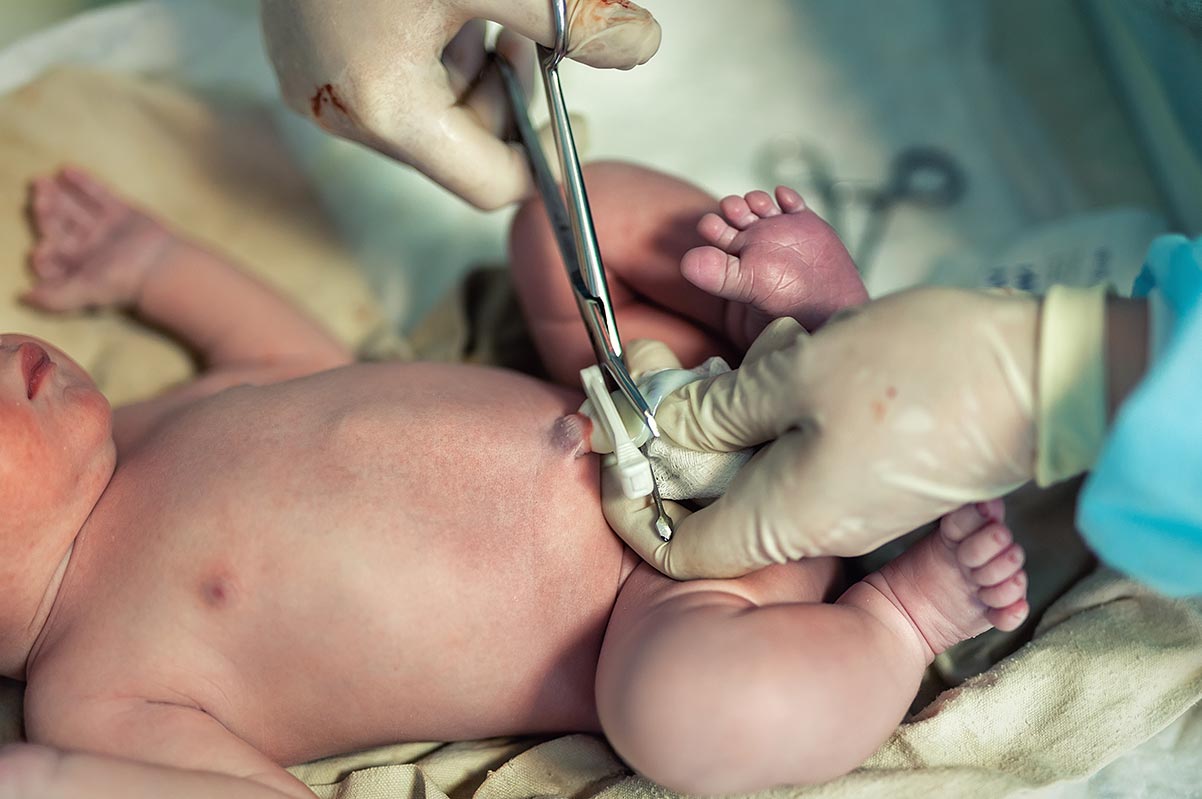
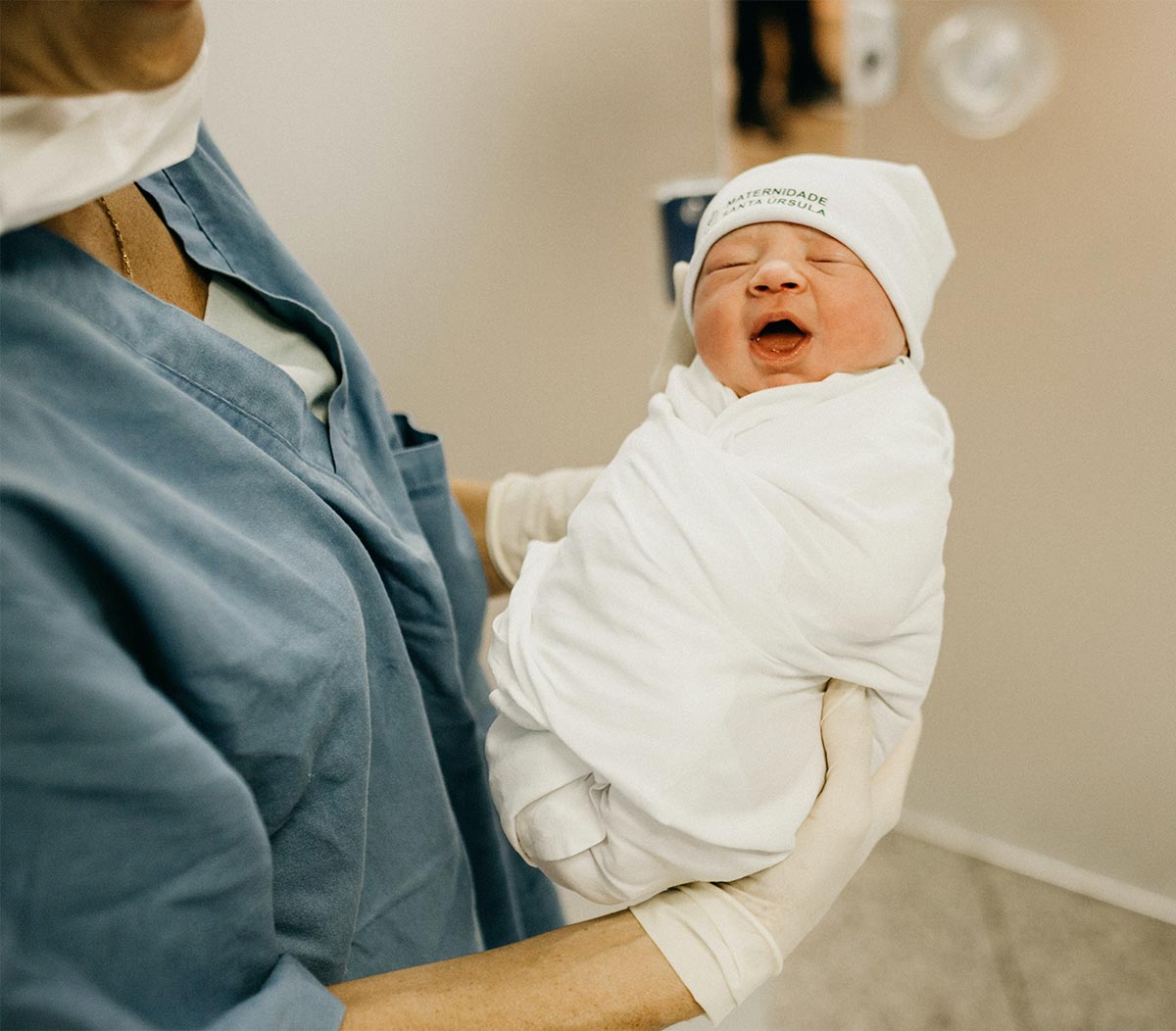
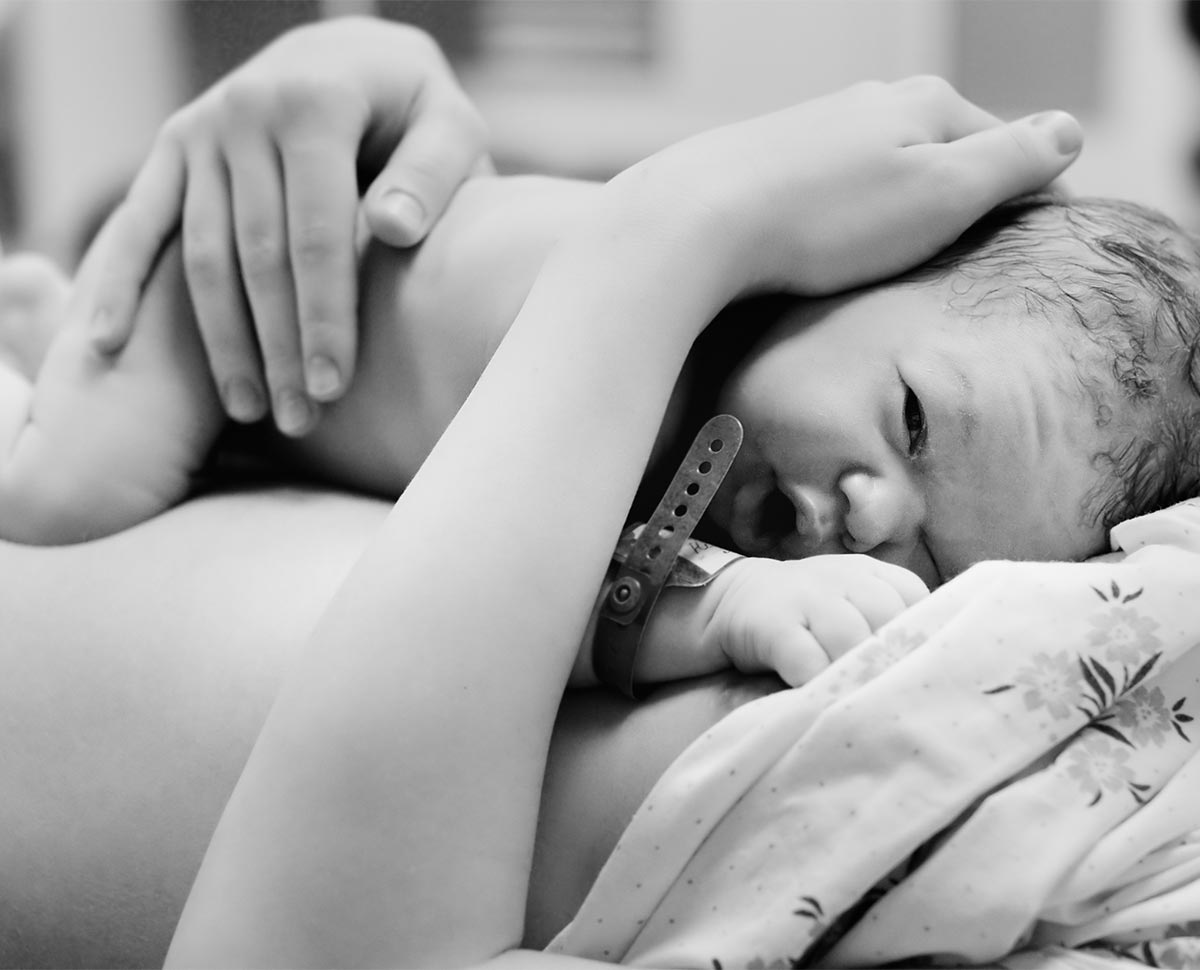
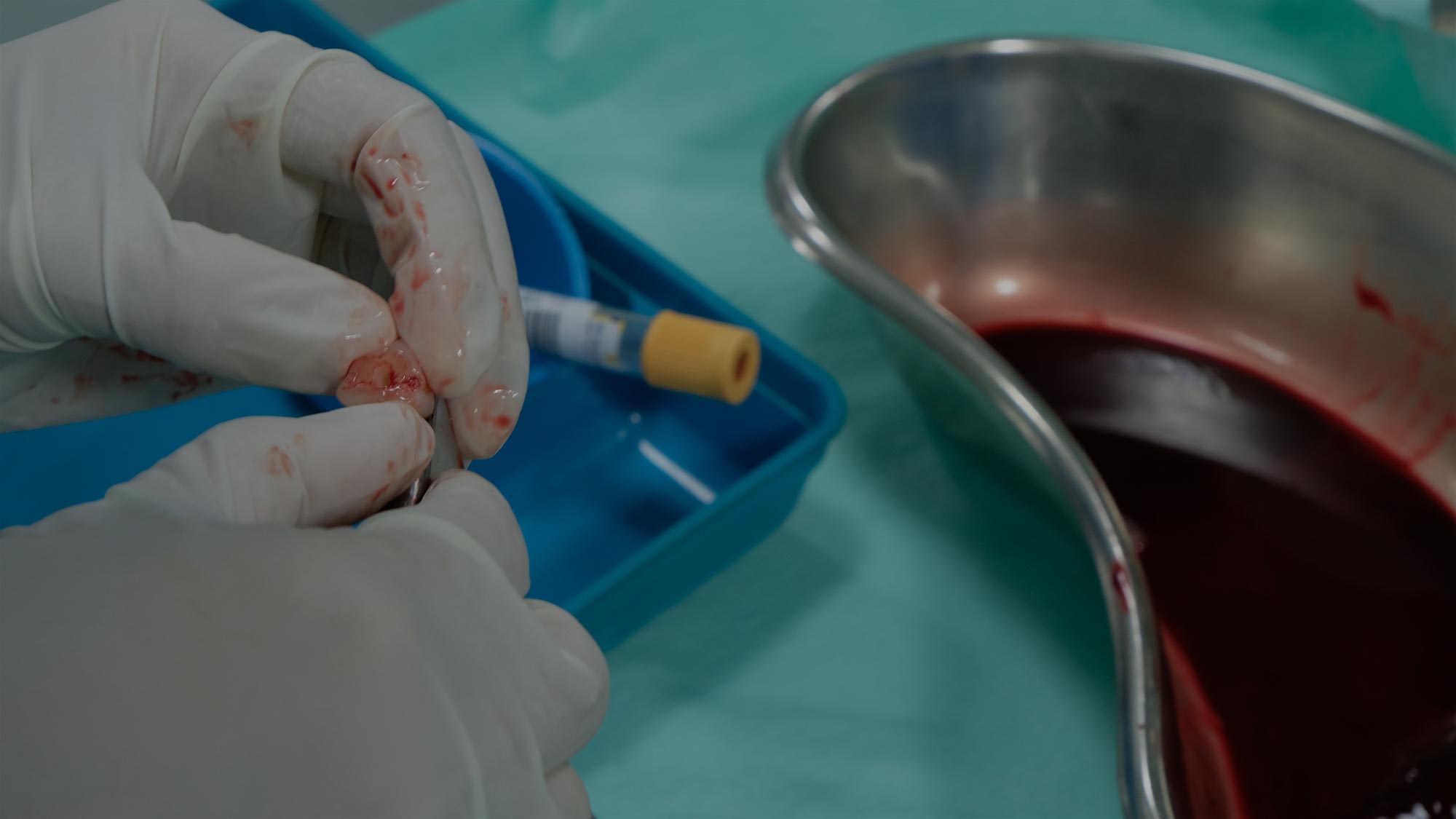
It can feel a little overwhelming to begin with, especially if this is your first baby. Before you can make a start on your birth plan you will first need to decide whether you have a vaginal birth or a caesarean section, often referred to as a ‘c-section’. It may be that you have a planned c-section due to medical reasons or you may even opt to have one for various reasons, such as, a previous traumatic birth or having a c-section previously. If you decide to have a vaginal birth then there is also a lot to consider and plan.
Let’s discuss the options…
Vaginal Birth
Vaginal birth is the most common type of birth, however c-sections have been on the rise in more recent years. Vaginal births are oftentimes quicker and easier to recover from as opposed to c-sections and women tend to spend a lot less time in hospital post delivery. Having a vaginal delivery can be straightforward or you may require some interventions to be carried out by a doctor or a midwife.
Straightforward Birth
A straightforward birth is considered to be a vaginal birth without the need for any interventions. Interventions include: forceps, ventouse, episiotomy, induction and epidurals. Having a straightforward birth means you can choose where to give birth, either at home, in a birth centre or at hospital. Obviously it’s not possible to know if you will have a straightforward birth or not, not all circumstances can be planned for and it may be that intervention is required. However, you can put in your birth plan that you would like to try and have a straightforward birth if possible. Most women who have a straightforward birth with no complications are able to go home soon after giving birth, some may even already be at home if they choose to have a home birth!
Assisted Birth
Sometimes assistance is needed when you are giving birth, you’re more likely to need assistance during your first vaginal delivery. An assisted birth is also sometimes called an ‘instrumental birth’ and it is when the use of forceps or a ventouse is needed to help deliver the baby. Forceps are curved metal instruments that are placed inside the vagina and around the baby’s head to gently assist them out of the birth canal. A ventouse is a cup shaped vacuum device that is attached to the baby’s head, when you have a contraction the doctor will gently pull on the device to help the baby down the birth canal.
All expectant parents are invited to attend ante-natal classes, during these classes you will be given more in-depth information about forceps and ventouse deliveries and you will be able to ask any questions you like.
Assisted births are needed for many reasons:
- You can’t push, this could be because of having an epidural, you’re physically exhausted or you have a medical condition that means you can’t
- There’s a medical need for it – either doctors have concerns about your baby or you and the baby needs to be born quickly
- Baby’s position in the birth canal may be preventing them from coming out easily, the need for an assisted delivery increases if the baby is in the occipito-posterior position (back-to-back)
If you have an assisted birth then the chances are more likely that you will need to have an episiotomy. An episiotomy is a cut that’s made into the perineum during labour, this will be performed by a doctor or competent midwife. This is done to make the vagina wider allowing for the baby to be delivered more easily. If you have an episiotomy, or if you tear, then you will need to have stitches. Your midwife will tell you how to care for your stitches and how to speed up the recovery process.
Caesarean
A c-section is when your baby is born via abdominal surgery, this can be under emergency circumstances or planned. Emergency caesareans may be needed for a variety of reasons, here are a few:
- Foetal distress
- Placental abruption
- Umbilical cord prolapse
- Pre-eclampsia
Some women may have a planned c-section either by recommendation from their doctor or through personally electing one. Reasons for a planned c-section include:
- Carrying multiple babies
- Baby is breech
- Previous c-section
- Mother’s choice
Of course not all these reasons mean a c-section is always necessary, many women carrying twins have vaginal births and even breech babies can turn before delivery. The term ‘breech’ is used when the baby is laying feet or bottom first, rather than being head down. Some babies can lay across the womb, this is called transverse position. Babies move around a lot in the womb and most babies will turn themselves into the head down position but this isn’t always the case. You may be offered to have your baby turned in the womb into the head down position if they are still breech by 36 weeks, your midwife will discuss this option with you more if it is required. Babies can be born vaginally when they are breech, however if your baby is transverse then you will more than likely be advised to have a c-section. Your midwife will discuss the risks and benefits of all options with you if your baby is in one of these positions. If you would like to elect to have a caesarean you should be offered the opportunity to discuss this option with your midwife and an obstetrician. Through the decision making process you should discuss your reasons for wanting a caesarean, the risks and the benefits. This is so that you can have all the information needed to make an informed decision.
Some of the benefits include a reduced risk of anxiety about giving birth vaginally, injury to the vagina, a uterine, vaginal or bladder prolapse and lower risk of the baby experiencing trauma as they pass through the birth canal.
Some of the risks include:
- A longer hospital stay
- Reduced chances of breastfeeding
- Longer recovery time
- Wound infection
- Increased risk of blood clots
- Possibility of cutting the baby’s skin
- An increased risk of bleeding
It’s important to talk about all of the risks and benefits with your midwife if you are planning on having a caesarean. It’s also important to be aware of them even if you are planning on having a vaginal birth in case of needing one in an emergency.
Vaginal Birth after a Caesarean (VBAC)
Some women who have had a c-section in the past can have a vaginal birth in the future, this is referred to as a VBAC (vaginal birth after a caesarean). Women who chose to have a VBAC will need to have extra monitoring during labour, this is to ensure everything is progressing smoothly and to monitor your caesarean scar. It’s highly recommended that women trying for a VBAC do so in a hospital setting so that there is immediate access to facilities and other medical professionals should an emergency occur.
Birth Plan
All women are encouraged to make a birth plan, this is so that you, your partner and your midwife know what kind of labour and birth you would like to have. This is also important to include things that you would like to avoid if possible as well. For example, you may want to have a water birth and avoid an epidural. Having a birth plan in place also means you’ve had time to think about what is important to you and ask any questions you have about labour and birth; some women find that having a plan relieves some anxiety about childbirth. It is important to understand that birth plans can’t always be followed, for example, in an emergency situation. You may also find things change during your labour, you may have decided to have a water birth but then actually not enjoy it at the time. This is totally fine! It’s OK to change your mind at the time, this is not something that has to be followed to the letter!
These are some of the things you need to include in your birth plan:
- Where you give birth, either at home, in a birth centre or in the hospital
- What kind of birth you would like
- Your birth partner/partners
- What pain relief you would like to be offered/what you would like to avoid
- If you would like a water birth or not
- If you’re having a c-section, if you would like the screen to be lowered when your baby is being born or not
- If you would like to have music playing
- If you would like to have skin-to-skin straightaway or not
- Your preferences for feeding baby
These are just a few examples of the kinds of things to include, you will be given the chance to discuss an in-depth birth plan with your midwife, this usually happens during your second trimester.
Stem Cell Collection
When you find out that you are pregnant, stem cell storage may be an option that you consider. If this is something that you are planning to do then this needs to be included in your birth plan. With Smart Cells, you can still have your baby’s stem cells collected even during a home delivery, we have fully trained phlebotomists who are able to visit your home and collect the sample*. Whether you have a vaginal birth or a caesarean section, stem cell collection is possible, we recommend speaking to the Smart Cell’s team to discuss your different options.
*Specific to the UK only
References:
- https://www.nhs.uk/pregnancy/labour-and-birth/preparing-for-the-birth/where-to-give-birth-the-options/
- https://www.nhs.uk/pregnancy/labour-and-birth/preparing-for-the-birth/how-to-make-a-birth-plan/
- https://www.tommys.org/pregnancy-information/giving-birth/my-birth-options
- https://www.tommys.org/pregnancy-information/giving-birth/caesarean-section/c-section-benefits-and-risks
- https://www.tommys.org/pregnancy-information/giving-birth/making-your-birth-plan
- https://www.nct.org.uk/labour-birth/different-types-birth/caesarean-birth/vaginal-birth-after-caesarean
- https://www.nct.org.uk/labour-birth/different-types-birth/caesarean-birth/what-caesarean-birth
- https://www.nhs.uk/pregnancy/labour-and-birth/what-happens/if-your-baby-is-breech/
